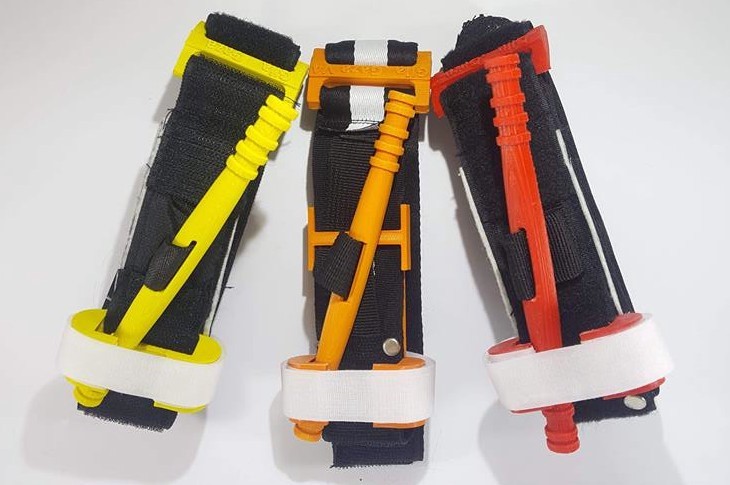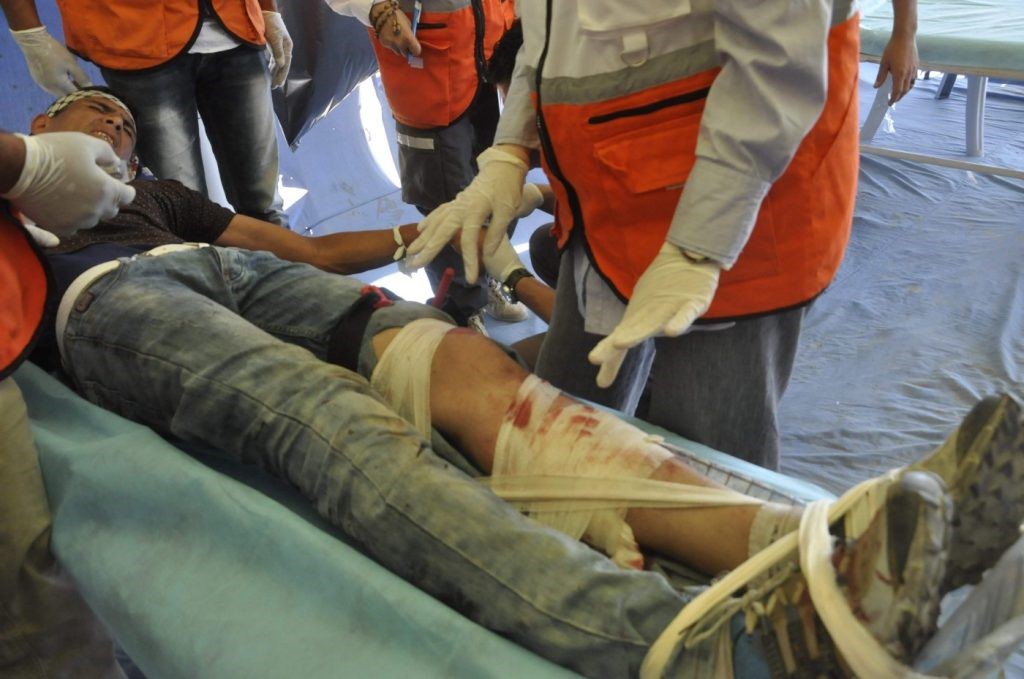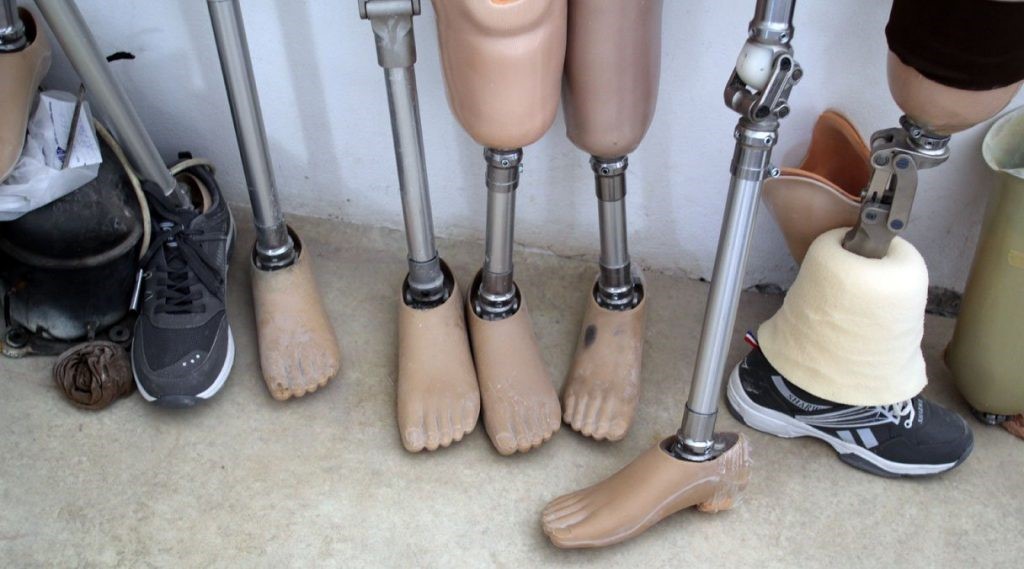Glia’s fundraising page reads: “Glia will manufacture tourniquets in Canada and Ukraine and teach how to produce more in battlefield conditions, which will be distributed to Ukrainian hospitals and civilians at risk of serious injury and death. We are witnessing a humanitarian tragedy, with civilians bearing the brunt. We can and must help.”

Development of Glia

Following the successful deployment of the Gaza tourniquet in Palestine, the Glia team is also looking to bring it to Ukraine.Currently, the production cost of this device is only $20, which is approximately
standard
Half the price of a Combat Applied Tourniquet (CAT), and with further development, the Glia team believes this could bring the cost down to $13.33.
To achieve this, Glia is seeking to raise an initial capital of $20,000 so that 1,500 tourniquets can be manufactured, and has pledged to use any additional funds generated to cover the cost of the project. Furthermore, if Russia decides to end the war against the Ukrainian people, the group has pledged to send the equipment to other conflict zones, as injured civilians still need medical treatment.

3D printing in war zones
The applications of 3D printing in the defense industry are well known, and the technology has been used to create weapons components, as well as bandages needed to heal the wounded. The Department of Defense needs to make better use of 3D technology as a powerful enabler for its development.
(responsible editor: admin)


0 Comments for “Medical device developer Glia: Using 3D printed tourniquets to help the wounded in Ukraine”